Field Guide: Food
-
Internationally, there’s no restaurant where people are eating more often than McDonald’s. It's not just Big Macs and McNuggets, either: McDonald’s menus around the world have long integrated the flavors and dishes of their home countries. Localized menu items now account for about 30% of McDonald’s systemwide sales, not chump change when that total is north of $120 billion.
If we are what we eat, then McDonald's global menu is a cultural mirror worth serious consideration. -
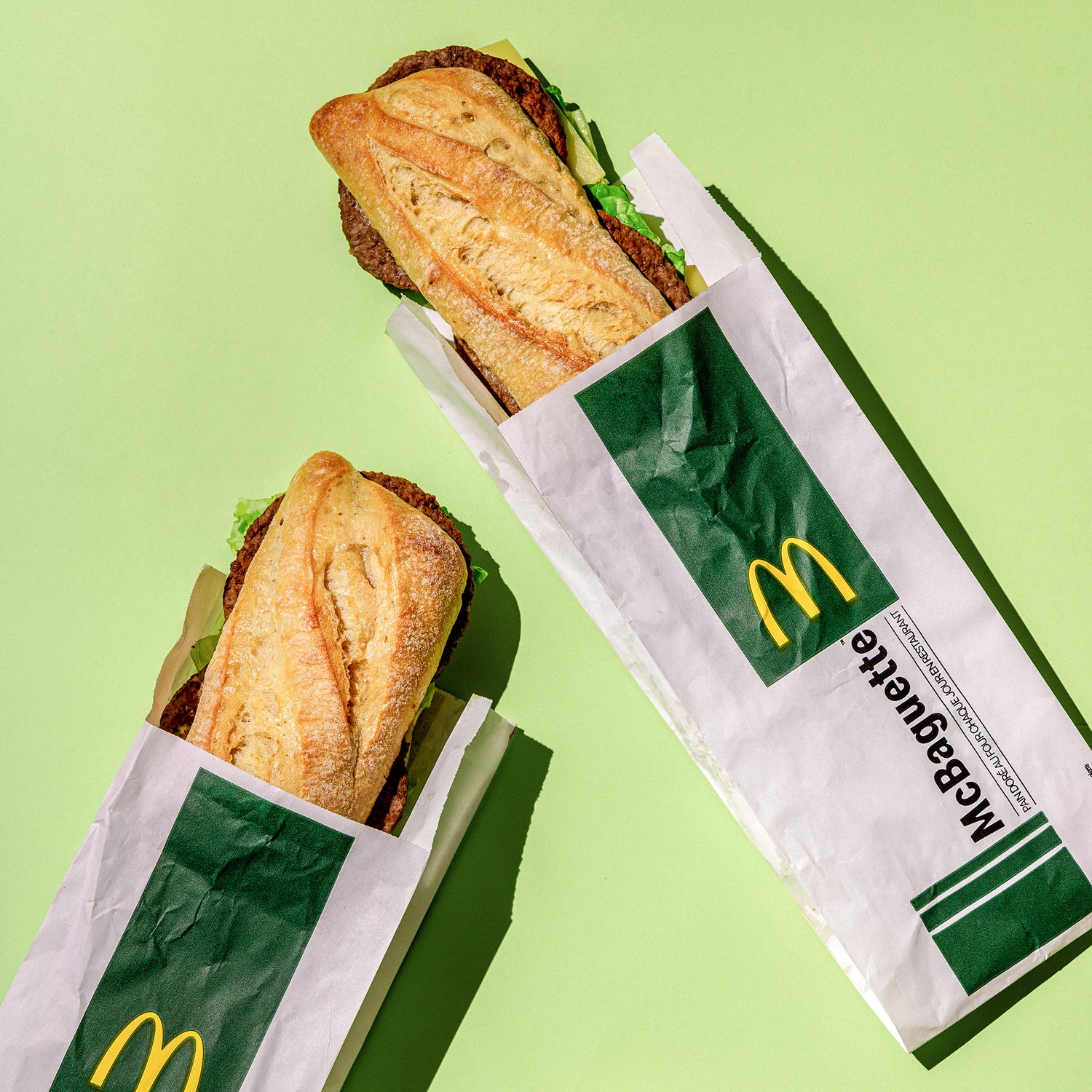
McBaguette
France
If there’s a single food item associated with France, it’s the baguette. Enshrined in the UNESCO Intangible Cultural Heritage list, this French staple was added to the McDonald’s menu as a limited time offering in 2012. It is periodically reintroduced alongside variants with chicken, bearnaise steak sauce, and even cross-promotional packaging for the hit Netflix show, Emily in Paris.
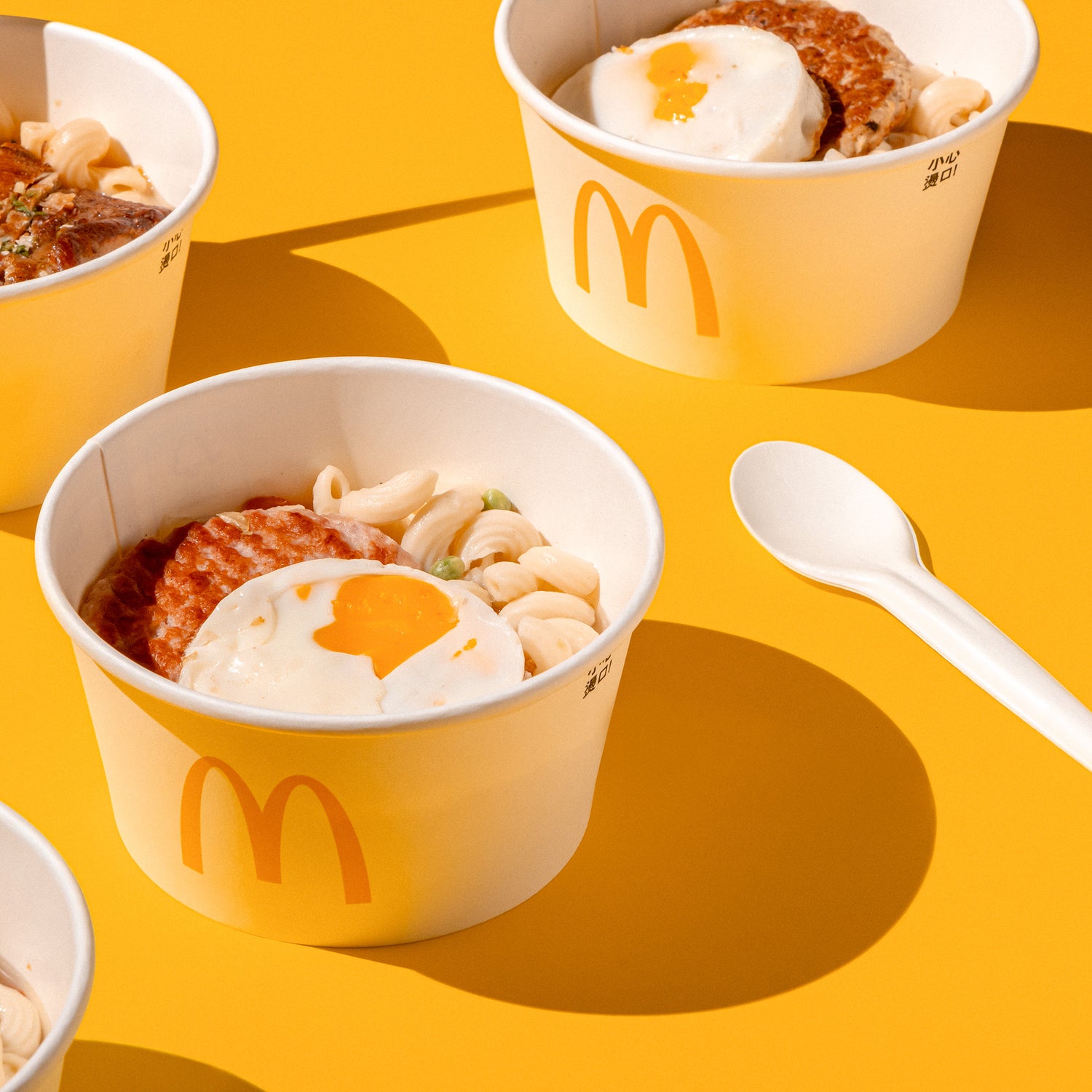
Macaroni Soup
Hong Kong
Cha Chaan Tengs are Hong Kong-style cafes that emerged during the British colonial period as a way for working-class locals to access western cuisine. Using affordable substitute ingredients like luncheon meat and condensed milk, these restaurants created a new flavor profile that over time became one of the defining Hong Kong foodways. Perhaps the most iconic of the cha chaan teng dishes is macaroni soup, a pasta topped with ham in a bowl of beef or chicken broth usually eaten as a main breakfast course after a scrambled eggs and white toast starter.
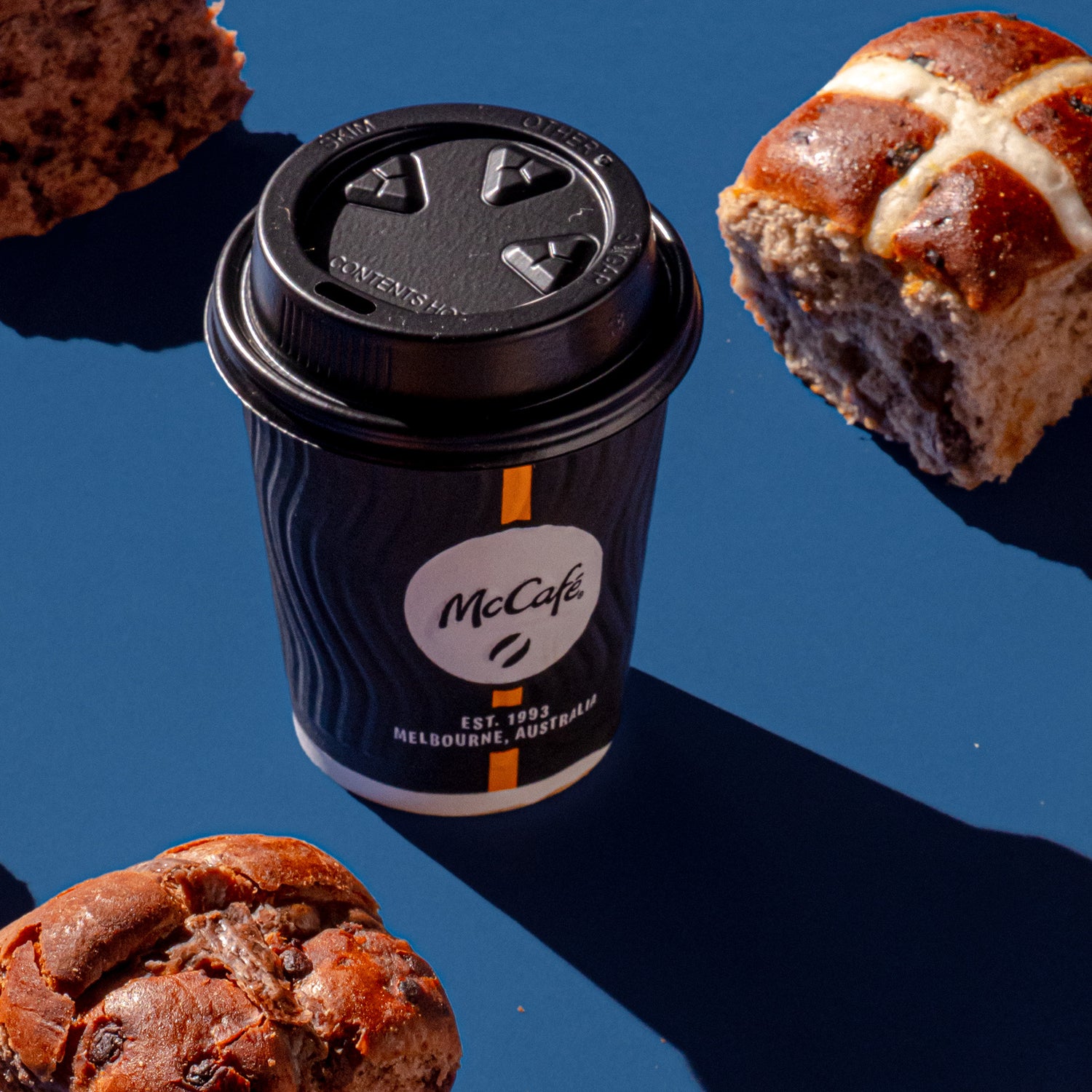
McCafé
Australia
When Starbucks arrived down under during the Sydney Olympics trying to push the same sweetened drinks that had won them the American market, the locals rejected the brand. Within a decade, the worldwide leader in coffee had racked up over $100 million in losses and closed 70% of their stores in Australia. Though McDonald’s is also an American chain, its coffee subsidiary is not— McCafé was born in Melbourne, doling out the Flat Whites and Long Blacks that locals preferred to drink. Australian coffee culture has since been exported around the world, with over 4000 McCafé locations in 60 countries.
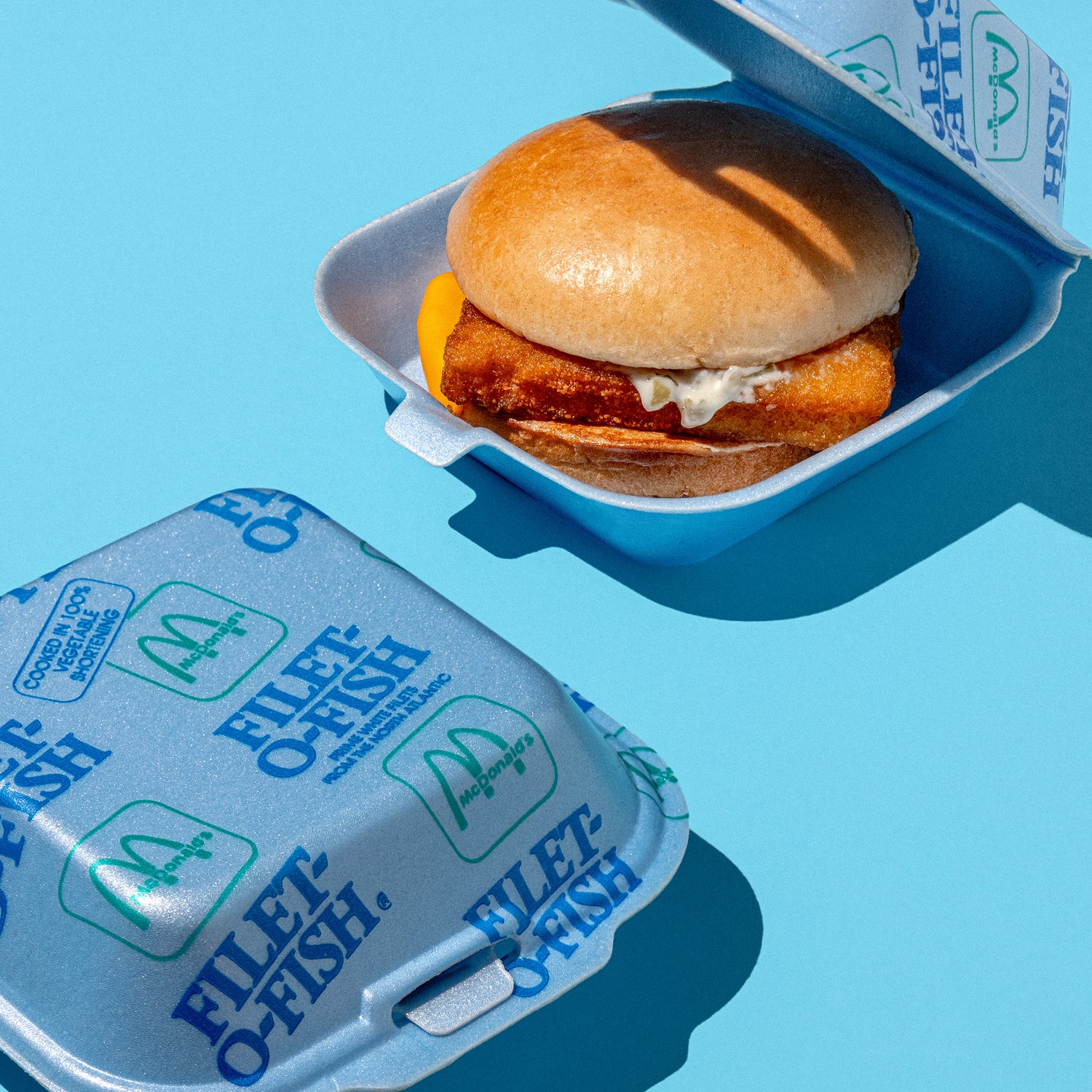
Filet-O-Fish
United States
Filet-O-Fish was the original localized menu item. The predominantly Roman Catholic population in Cincinnati, Ohio didn’t eat meat on Fridays—a huge problem for franchisee Lou Groen. His solution: a fish sandwich similar to the ones available in competing area restaurants. Ray Kroc famously rejected the sandwich, but challenged Groen to a sales competition with his own creation, the pineapple-topped Hula Burger. The Filet-O-Fish prevailed, 350 to 6, and is now sold in McDonald’s restaurants around the world.
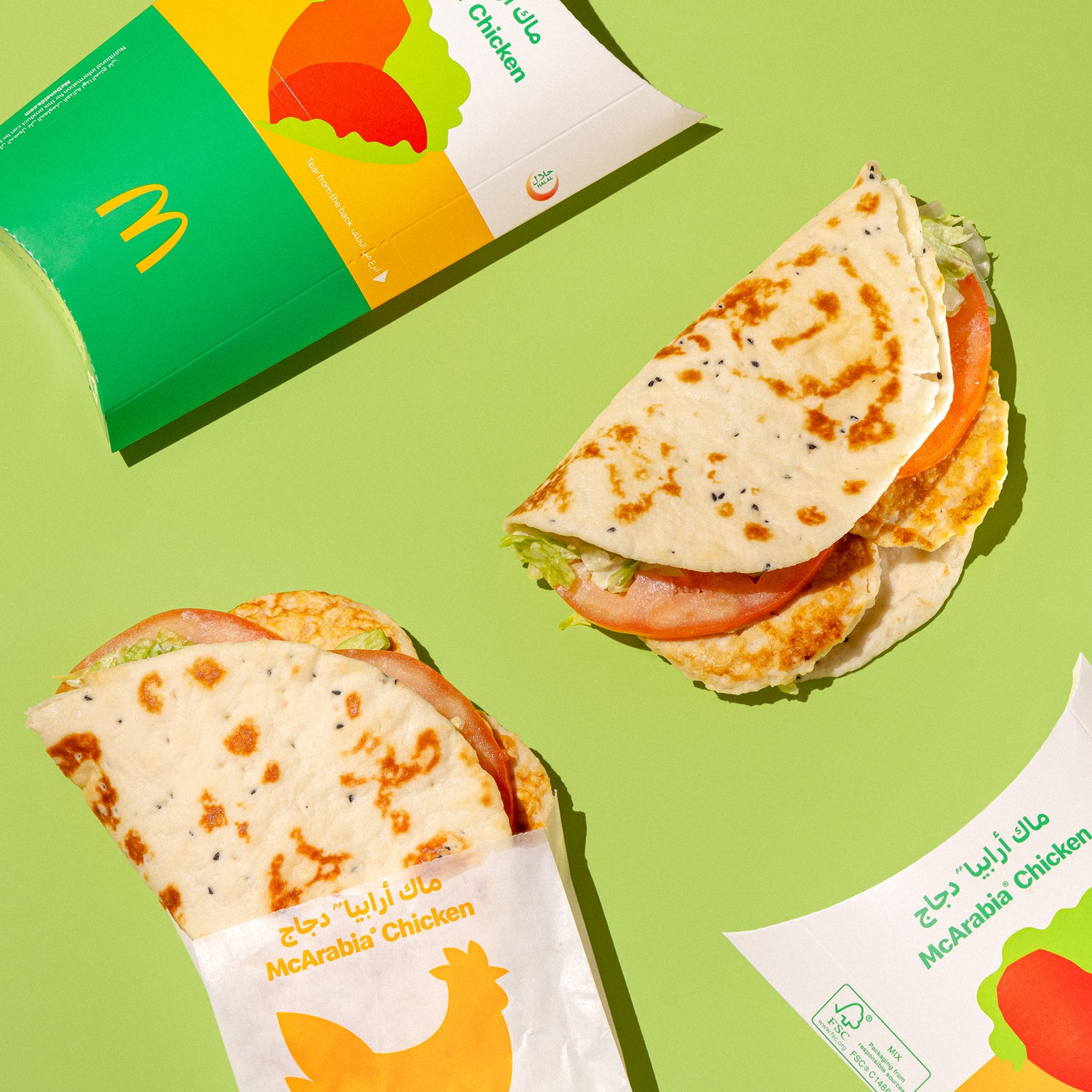
McArabia Chicken
Saudia Arabia
As Western-owned brands faced boycotts in the Middle East over America’s post-9/11 military adventures in Afghanistan and Iraq, McDonald’s franchisees in Saudi Arabia and neighboring countries were eager to demonstrate that their restaurants were locally owned and operated. They launched the McArabia Chicken, which resembled the shawarma sandwiches popular in the region. McDonald’s presence in the Gulf has grown tremendously since then—Kuwait has more than doubled their store count, while the Saudi outlets have tripled in number—and all of them still proudly feature McArabia Chicken on their menus.
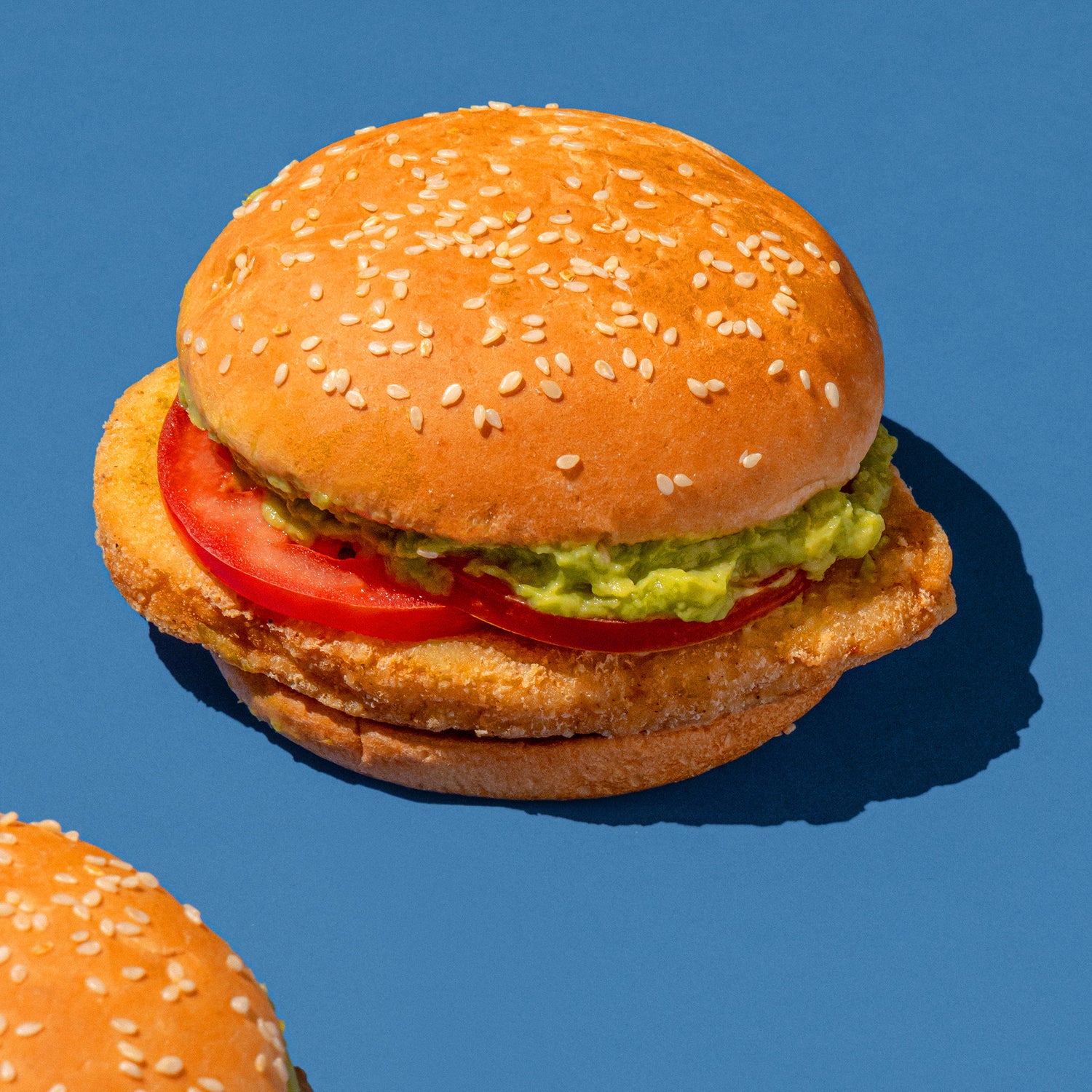
Palta
Chile
For anything avocado-related, Chileans use the word “palta”, the name given to the fruit by Inca Indians of Peru who spread it along South America’s Pacific coast. Long before Instagram, tostada palta was a staple dish here, and when American hot dogs arrived in the 1920s, locals turned them from gringo to completo by loading them up with palta. If a McDonald’s sandwich doesn’t already have palta, you can add it for a small fee. And Chileans definitely start them young: one of the default happy meals includes a hamburguesa palta.
